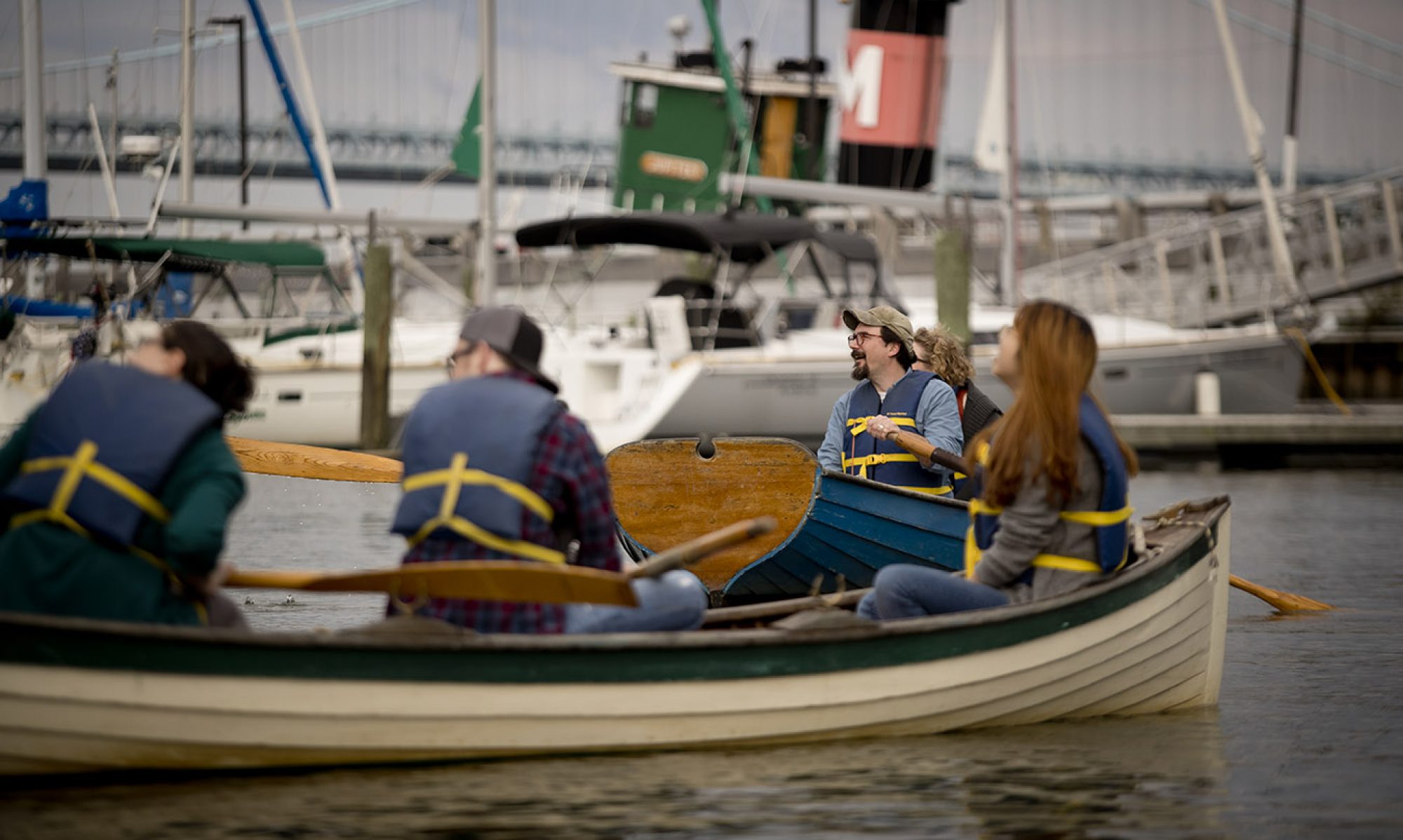I had a surprising run in with an old friend early last month while visiting Connecticut’s Mystic Seaport museum. Last November, Mystic hauled the Charles W. Morgan out of the water and laid it up in dry dock for an extensive overhaul (click here for the full story). This was no small endeavor. At 340 tons and almost 170 years old, the Morgan requires a firm, but gentle hand. She is, after all, a National Historic Landmark and, according to the good folks at Mystic, the world’s last remaining wooden whaling ship. But, beyond all of that, the Morgan is beloved by throngs of people like myself who remember first discovering her on family vacations long ago. And seeing as how tourists have been flocking to the Morgan since 1941, that’s a whole lot of memories.
But what amazed me on my most recent visit was how BIG the Morgan really is. Seeing her out of the water is a remarkable experience. Others agree. One museum staffer recalls an old-timer who quipped, “you don’t know anything about that boat until you’ve seen her out of the water.” Now, before I go on, perhaps it’s worth noting that I am a longstanding maritime history junky. Those early trips to Mystic really worked their magic and I’ll probably drag my own kids there whether they like it or not. I can’t help but imagine though that even someone without my particular obsession with nineteenth-century maritime stuff would be impressed by the Morgan‘s shear girth. Don’t get me wrong, she looks big in the water, but out of her element, the Morgan’s size is really striking. These ships were built broad and deep to accommodate the thousands of barrels of whale oil crews pursued for years on end. As a result, whale ships in dry dock dwarf the buildings that surround them–then and now.
Stumbling upon this particular moment in the Morgan‘s long life was a real treat because it brought me as close as I’ll probably ever get to seeing what a working nineteenth-century shipyard was really like. But it also reminded me just how dramatically our understanding of an object can change with a shift in context. The Morgan is a very different thing out of the water and that difference is worth thinking about in a museum. Everyone who visits Mystic learns about the hardships of life at sea. The Morgan‘s tiny crew quarters make the point well enough. But, from the current vantage point, the ratio of crew space to cargo space is even more evident. Astute museum goers will see in the ship’s remarkable proportions a harsh truth about the cheapness of human labor in the early decades of American industrial capitalism. This is not to say that you can’t know anything about the Morgan while she’s in the water, but her overhaul clearly presents exciting opportunities for reflection as well as repair.
